Exploring the Dusty Remains of South America’s Newest Ghost Town
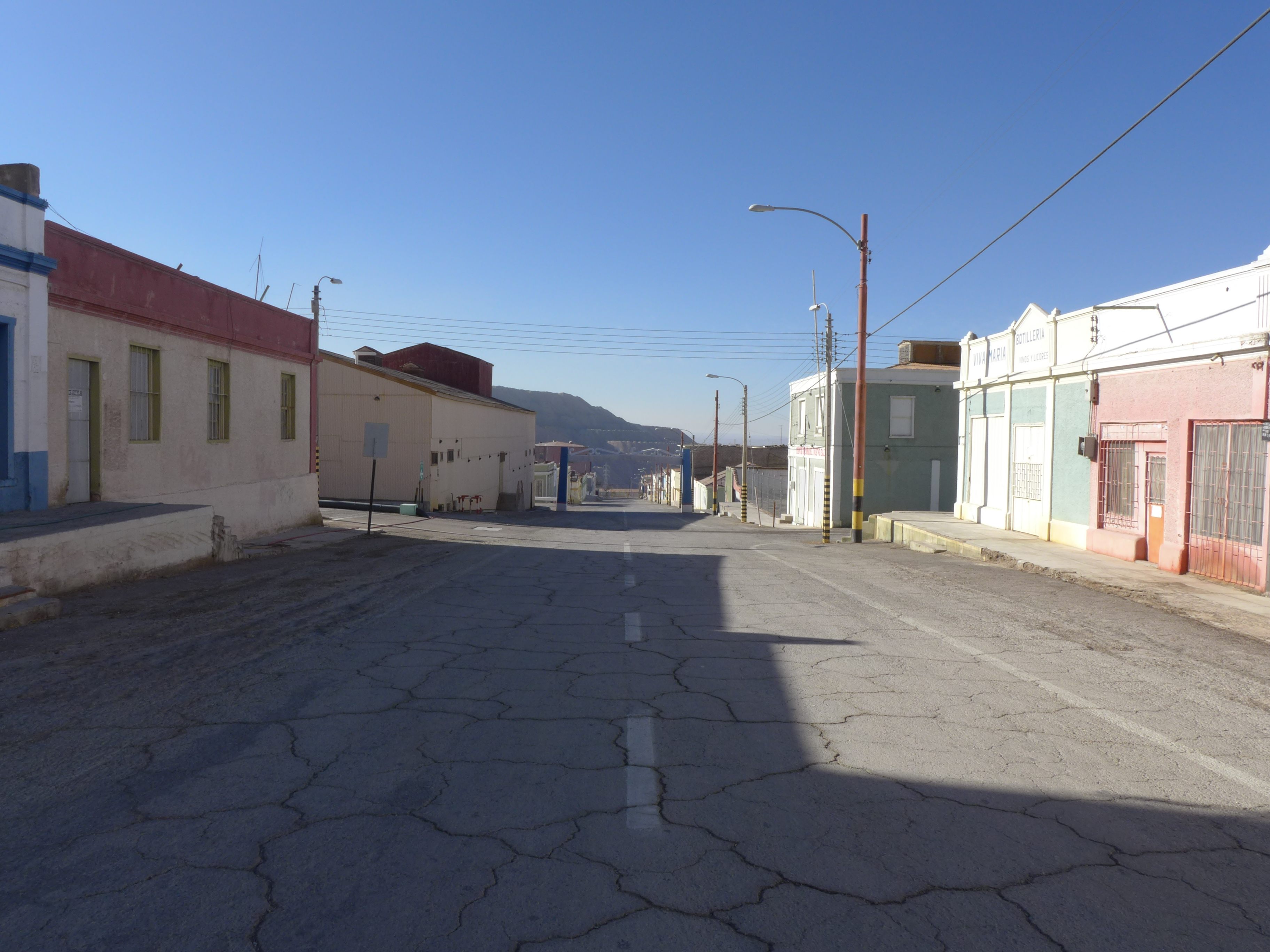
A street in Chuqicamata, a once-thriving mining town. Now it is deserted, with rumors of shadowy figures crossing the streets late into the night. (All Photos: Margot Bigg)
Many people think of ghost towns as relics of the Wild West, dusty, run-down, and completely uninhabited save for the odd prickly cactus or drifting tumbleweed. Others look at these barren former towns as reminders of dashed hopes and fading aspirations. After all, the transition from regular town to abandoned ghost town often involves a tragedy–such as a war or natural disaster–or a sharp economic downturn.
But it was neither famine nor loss of fortune that transformed the township of Chuqicamata into but a shell of what was once a thriving mining community.
Located just outside of the city of Calama in Northern Chile’s copper-rich Atacama Desert, the Chuqicamata Township is one of the world’s newest ghost towns, earning the status less than a decade ago.
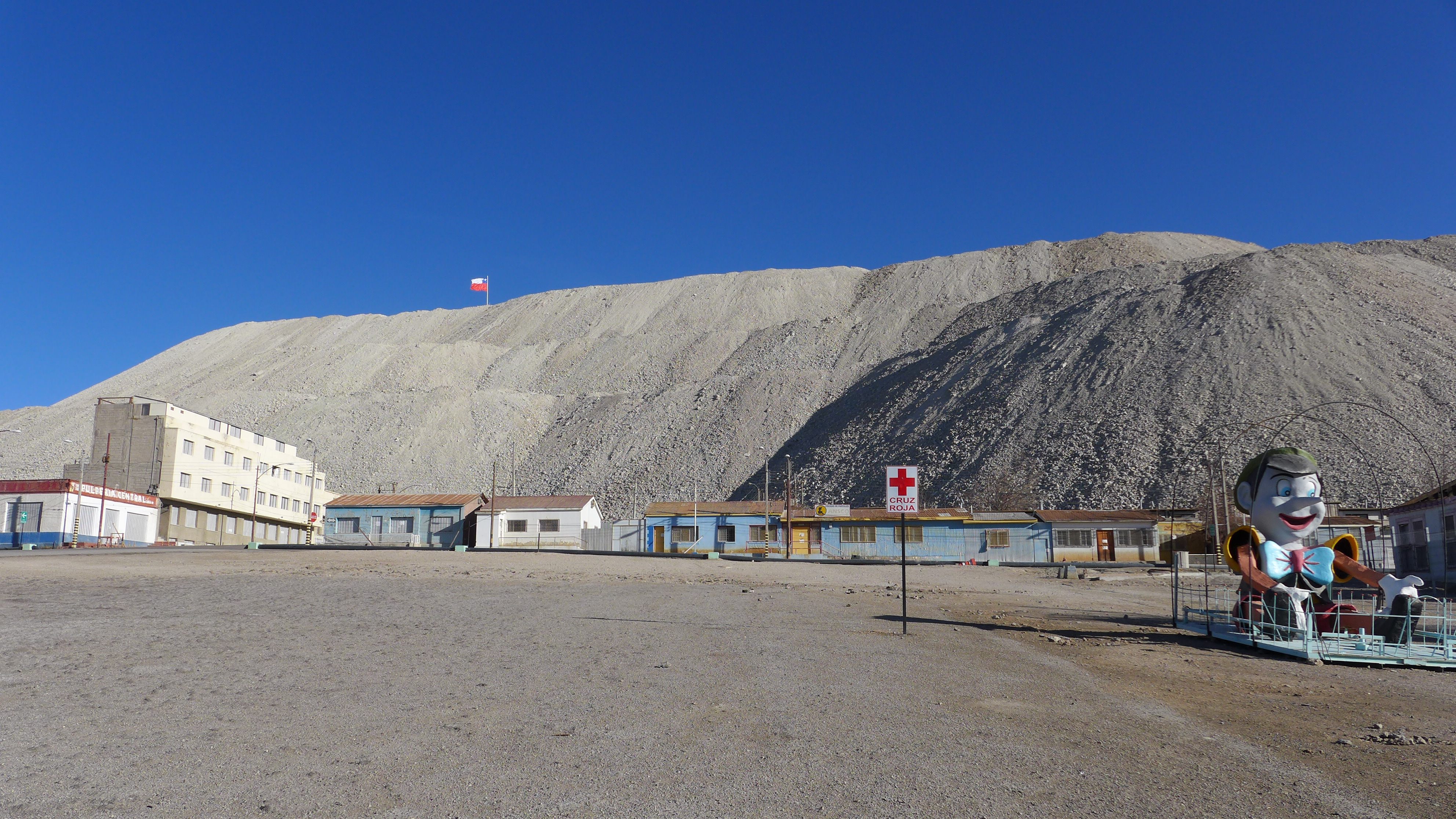
The Chuqicamata Township is one of the world’s newest ghost towns.
The township is situated at the edge of the Chuqicamata copper mine, the world’s largest open-pit copper mine, which dates back to 1915. The mine is 2.67 miles long, 1.86 miles wide, and 2,953 feet deep, and looks something like a giant, earth-hewn amphitheater.
The town and the entire operation, operated by Chile’s state-owned copper mining company Codelco, was, until very recently, a 25,000-person strong community of miners and their families. However, due to high levels of pollution in the form of dust and smelter fumes, Codelco was obligated to relocate the thousands of families living in the community to the nearby city of Calama, a process that took three years and millions of dollars to complete.
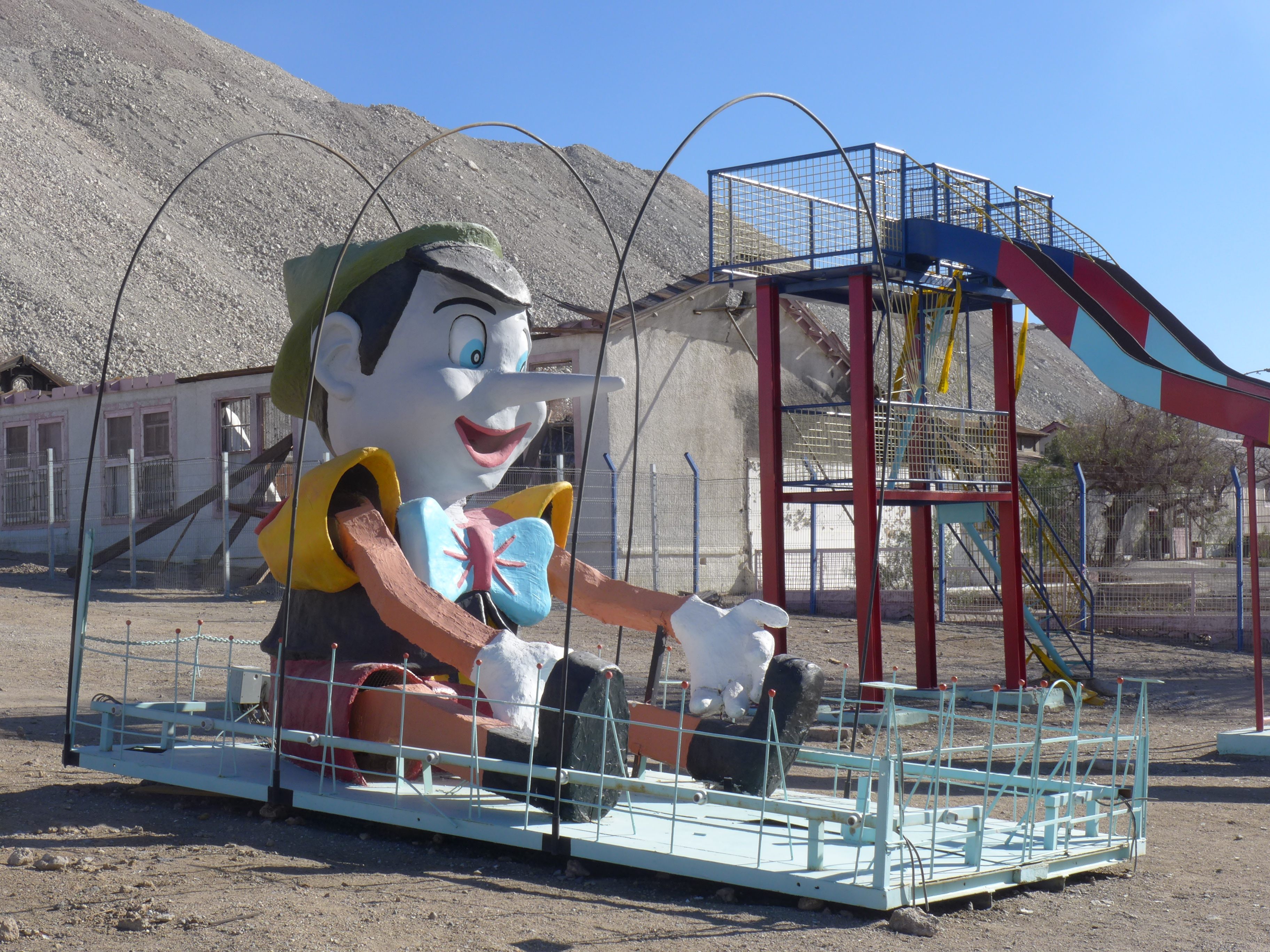
A Pinnochio statue guards the township’s permanenty empty playground.
A ghost town is all that remains, complete with a church and block after block of abandoned homes and businesses. A stroll through the empty streets reveals old restaurants with corrugated tin roofs and peeling paint jobs, boutiques with wind-battered signs, and a shrine to the Virgin Mary, all framed by heaping mounds of desert earth. At the center of the town stands the old school, fronted by a rusting playground featuring an enormous statue of Pinocchio, sitting mouth agape, his colorful paint job not yet faded by the overpowering sunshine.
And like with all good ghost towns, urban legends about the possibility of hauntings have begun to emerge among workers in the area. Some have reported seeing lights on in houses without electricity and shadowy figures crossing the streets late into the night.
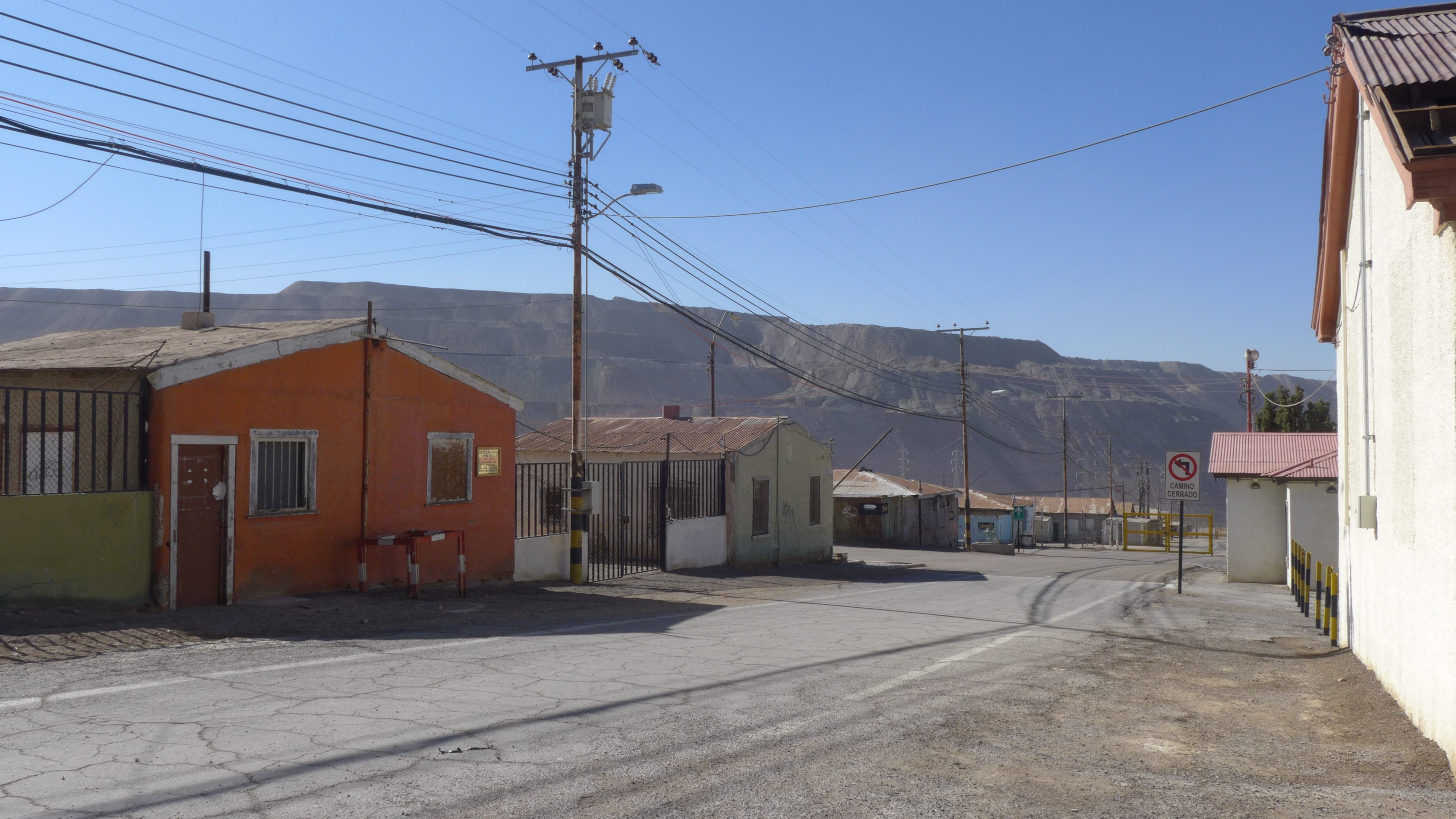
Codelco relocated thousands of families to the nearby city of Calama between 2004 and 2007.
While most of the town’s former residents understood the need for resettlement (and ended up in nicer digs than they’d had at the old township), there was some resistance. “Of course it was hard for them,” says Patricio Huerta, a former resident of the township and Codelco employee who brings a slow but steady stream of visitors to the site throughout the year. “They were living for about two to three generations in the same house in some cases,” he explains.
And though it was environmental rather than economic factors that lead to the resettlement of the Township’s 3,000-some families, the process took place during a time of relative production decline at Chuqicamata. Lowered output from the vast open-pit mine has since led Codelco to begin construction on an underground extension that will help the company exploit previously untouched underground mineral resources.
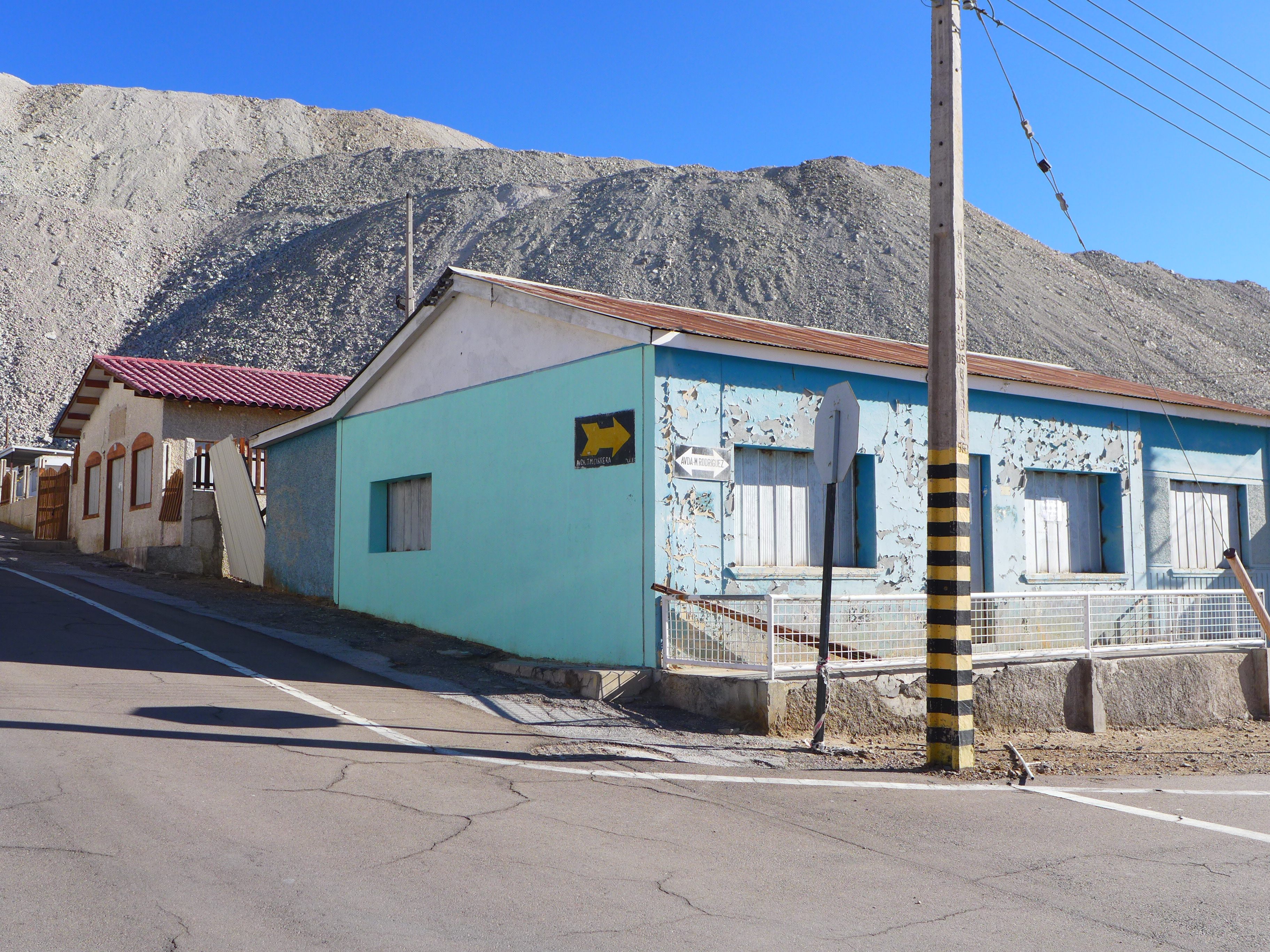
Until very recently, Chuqicamata was a 25,000-person strong community of miners and their families.
Possible ghosts aside, the only full-time residents are a few semi-stray dogs who have become de facto town guards, though nostalgic former residents are invited back every year to, as Huerta puts it “return to their homeland and meet each other once again.” The company also organizes an annual showcase of cultural and social activities on May 18th, the anniversary of the mine’s first day of production.
Although travelers can visit the old township through prior arrangement with Codelco, it’s a far cry from your typical tourist trap of a ghost town—there’s nary a movie set or gift shop in site. Children under six are discouraged from visiting.
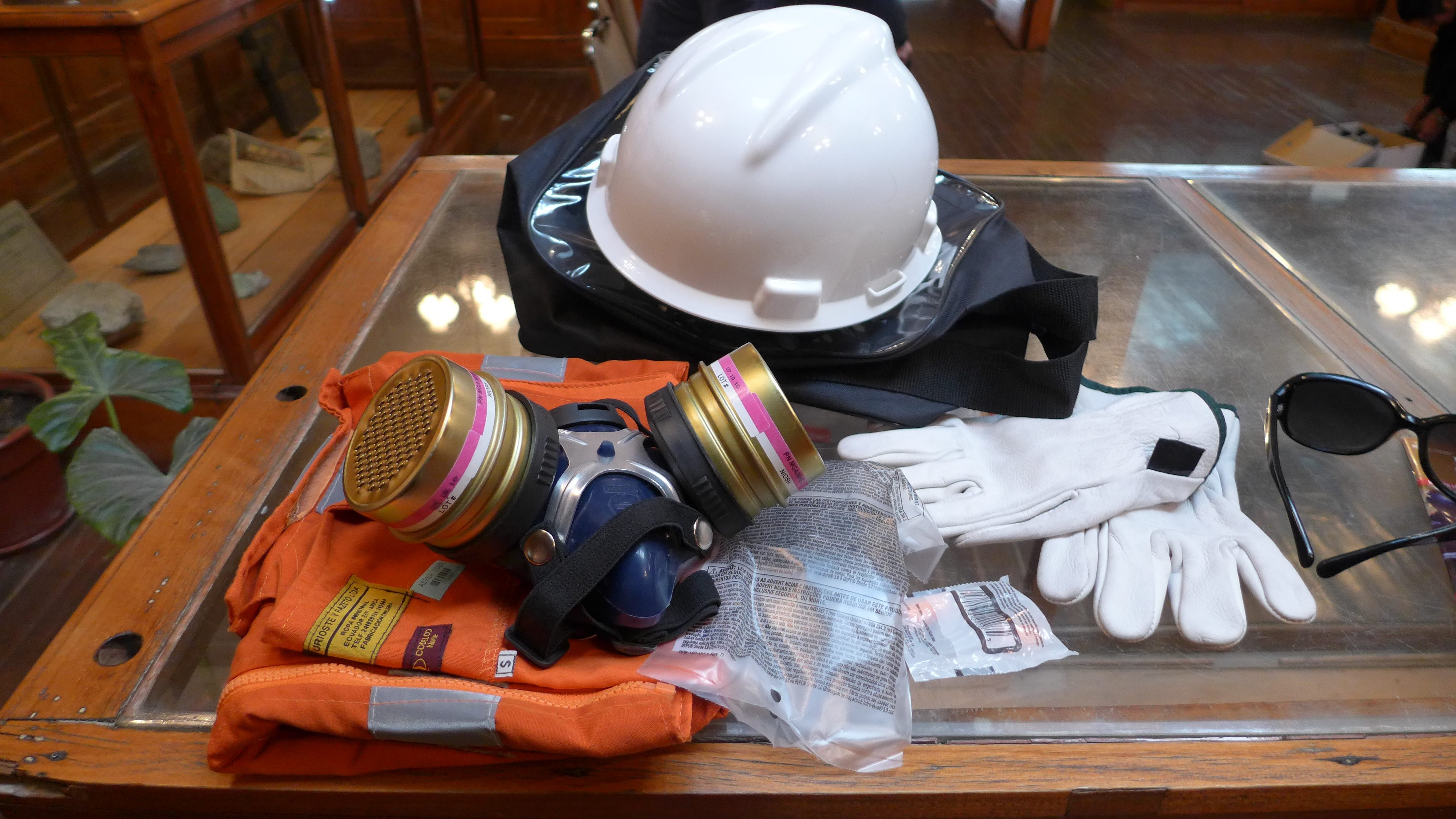
Mining safety equipment.
However, that’s set to change in the coming years, and Codelco is currently in the process of figuring out how to transform the township into a full-blown tourist attraction, complete with museums and possibly places to stay and eat.
“The idea is to create a foundation, that keeps the historical and social heritage of the town through museums, expositions…” Huerta explains.
For the meantime, travelers can participate in one of CODELCO’s tours of the old township, held weekdays in English and Spanish (with prior arrangement).
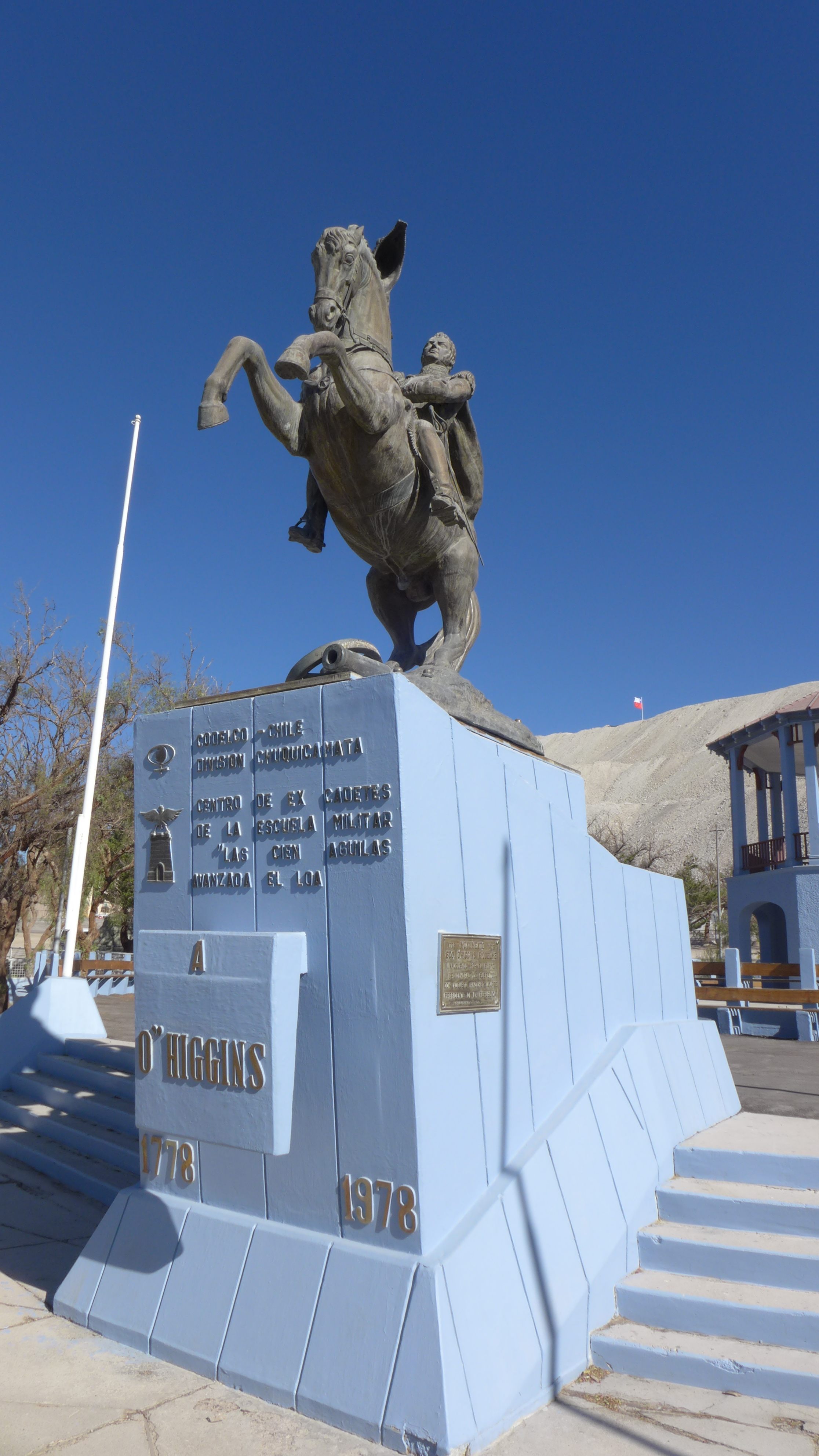
Statue of Bernardo O’Higgins Riquelme, an independence leader who helped Chile gain its independence.










Follow us on Twitter to get the latest on the world's hidden wonders.
Like us on Facebook to get the latest on the world's hidden wonders.
Follow us on Twitter Like us on Facebook